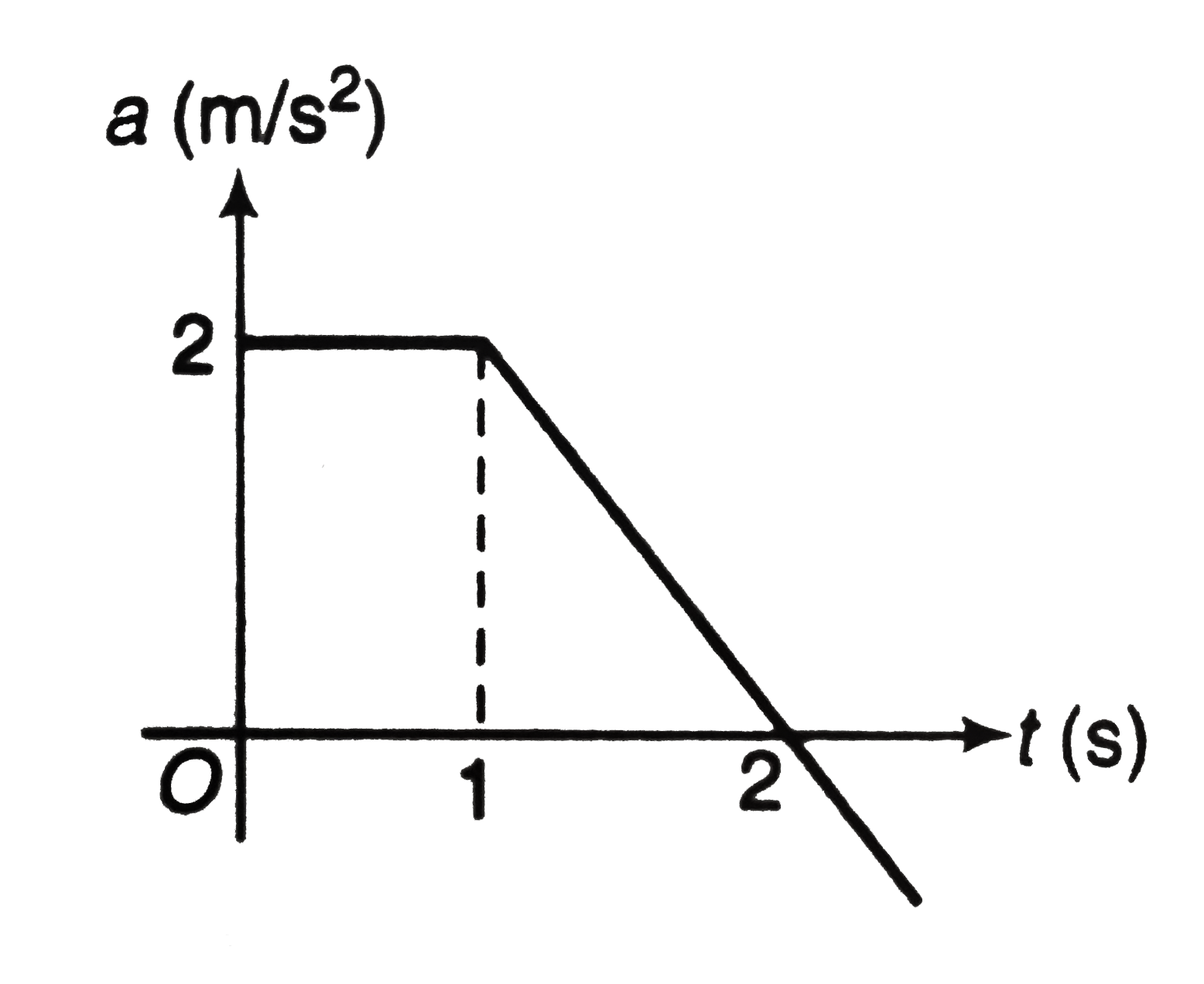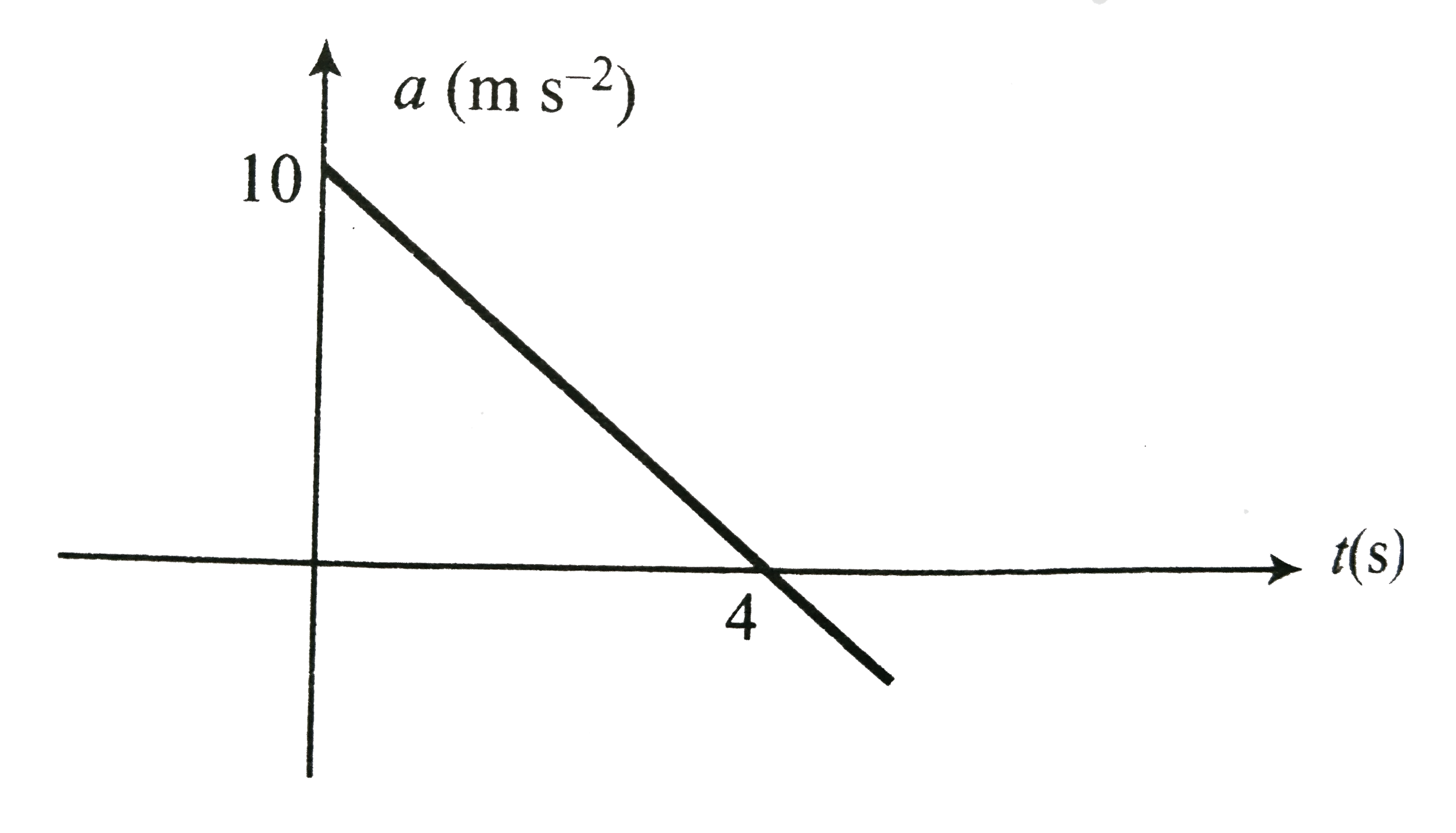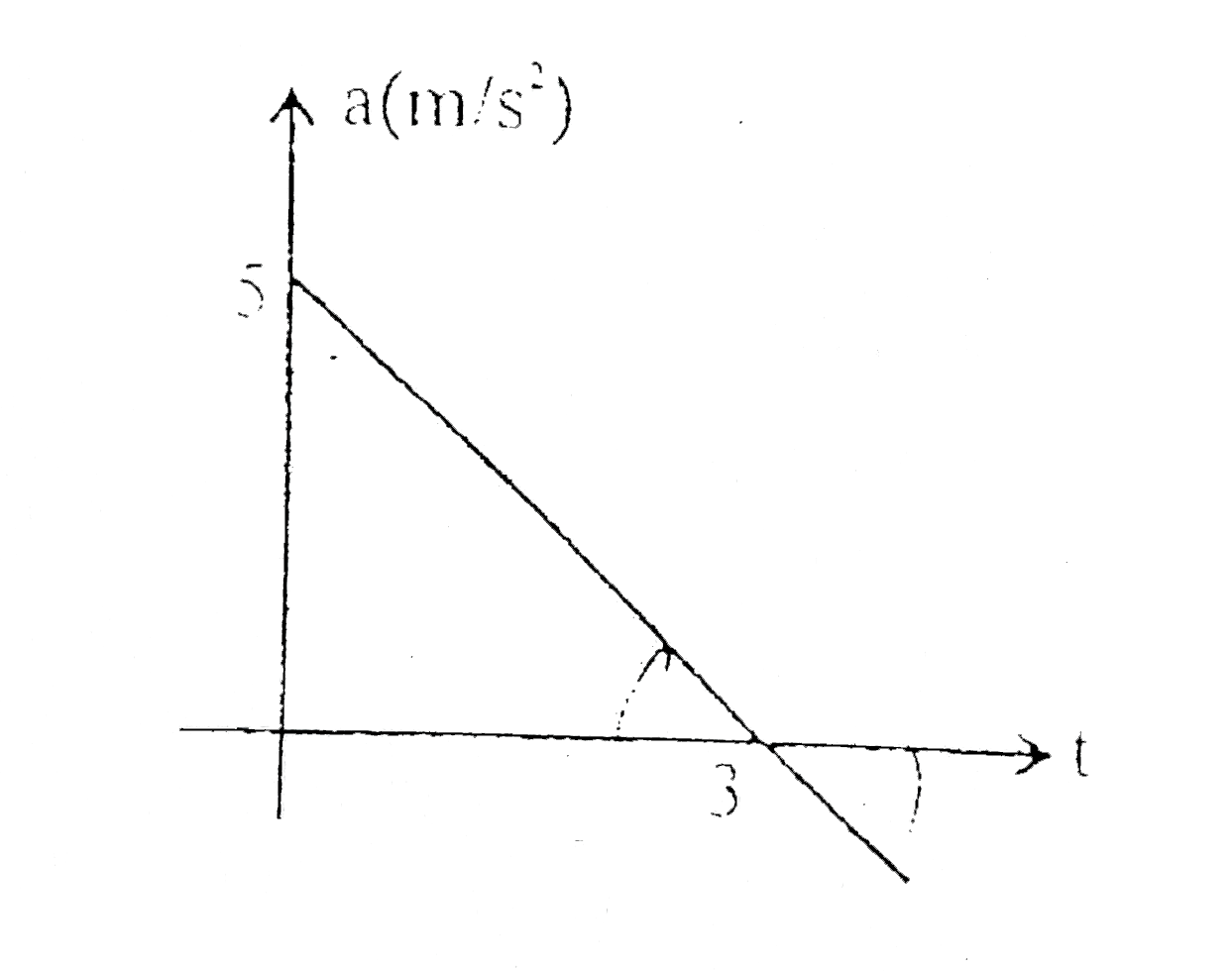(i) The acceleration (a) of a particle moving along a straight line is related to time (t) as per the differential equation d2adt2=−ba. b is a positive constant. Is the particle performing SHM? If yes, what is the time period?
(ii) A particle is executing SHM on a straight line. A and B are two points at which its velocity is zero. It passes through a certain point P (AP>PB) with a speed of 3m/s at times recorded as t = 0, 0.5 s, 2.0 s, 2.5 s, 4.0 s, 4.5 s......Determine the maximum speed of the particle and also the ratio AP/PB.
The correct Answer is:(i)T=2π√b
(ii)VMax=3√2m/s.AP/BP=(√2−1)/(√+1)
Step by step video, text & image solution for (i) The acceleration (a) of a particle moving along a straight line is related to time (t) as per the differential equation (d^(2)a)/(dt^(2))=-ba. b is a positive constant. Is the particle performing SHM? If yes, what is the time period? (ii) A particle is executing SHM on a straight line. A and B are two points at which its velocity is zero. It passes through a certain point P (AP gt PB) with a speed of 3 m//s at times recorded as t = 0, 0.5 s, 2.0 s, 2.5 s, 4.0 s, 4.5 s......Determine the maximum speed of the particle and also the ratio AP//PB. by Physics experts to help you in doubts & scoring excellent marks in Class 11 exams.
Updated on:21/07/2023Topper's Solved these Questions
- SIMPLE HARMONIC MOTIONBOOK - ARIHANTCHAPTER - SIMPLE HARMONIC MOTIONEXERCISE - Level 2
33 Videos
- SIMPLE HARMONIC MOTIONBOOK - ARIHANTCHAPTER - SIMPLE HARMONIC MOTIONEXERCISE - Level 3
9 Videos
- ROTATIONAL MOTIONBOOK - ARIHANTCHAPTER - ROTATIONAL MOTIONEXERCISE - PHYSICS
159 Videos
- SURFACE TENSIONBOOK - ARIHANTCHAPTER - SURFACE TENSIONEXERCISE - Surface tension
33 Videos
Similar Questions
Knowledge Check
A particle is executing SHM on a straight line. A and B are two points at which its velocity is zero. It passes through a certain point P(APltBP) at successive intervals of 0.5s and 1.5 s with a speed of 3m/s.
Athe maximum speed of particle is 3√2m/sBthe maximum speed of particle is √2ms.Cthe ratio (AP/BP) is √2−1√2+1Dthe ratio AP/BP is 1√2A particle is executing SHM on a straight line. A and B are two points at which its velocity is zero. It passes through a certain point P(AP<BP) at successive intervals of 0.5 sec and 1.5 sec with a speed of 3 m/s. Then
AThe maximum speed of particle is 3√2 m/sBthe maximum speed of particle is √2 m/sCthe ratio APBP is sqr2−1√2+1Dthe ratio APBP is 1√2The velocity-time graph of a particle is not a straight line. Its acceleration is
AzeroBconstantCnegativeDvariable
Figure shows the acceleration-time graph of a particle moving along a straight line. After what time the particle acquires its initial velocity?

View SolutionThe acceleration-time graph of a particle moving along a straight line is as shown in. At what time the particle acquires its initial velocity?
 .
.
View SolutionThe acceleration-time graph of a particle moving along a straight line is as shown in figure. At what time the particle acquires its initial velocity ?

View SolutionIf average velocity of particle moving on a straight line is zero in a time interval, then
View SolutionThe acceleration-time graph of a particle moving along a straight line is as shown in figure. At what time the particle acquires its initial velcoity ?

View Solution
